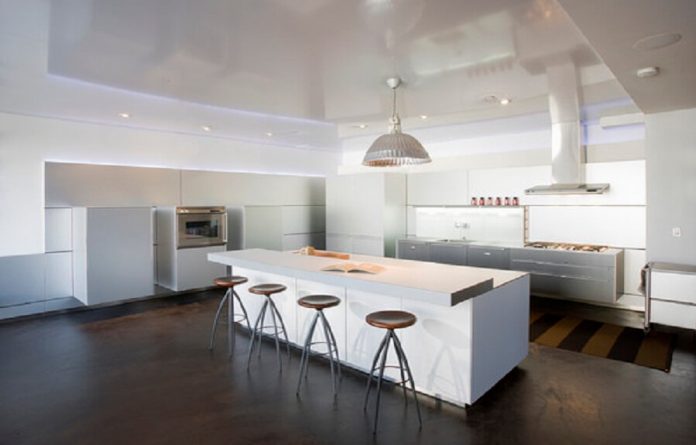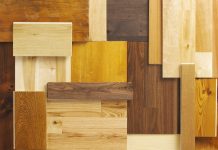My kitchen was due for a new floor years ago. As soon as I started seriously researching the costs of a new floor I was bombarded by informative sites that insist that vinyl flooring was toxic.
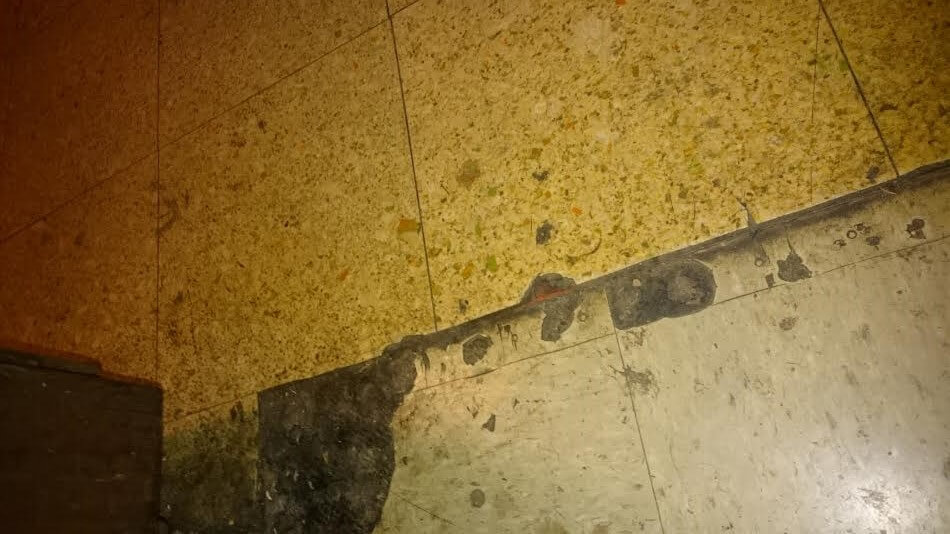 When I think of vinyl, I think of music and record players, but apparently it is used as an affordable flooring material. Vinyl floors can come in tiles or sheets and there is a pretty big variety of colors and styles that you can choose from. Most people have professionals install the sheets of vinyl, but if you are going with tiles of vinyl you could probably do it yourself. This flooring option is also durable and long lasting. Most places will sell you a warranty as well. If you are replacing a vinyl floor you can put a new one right on top of the old one and that should cut down on labor.
When I think of vinyl, I think of music and record players, but apparently it is used as an affordable flooring material. Vinyl floors can come in tiles or sheets and there is a pretty big variety of colors and styles that you can choose from. Most people have professionals install the sheets of vinyl, but if you are going with tiles of vinyl you could probably do it yourself. This flooring option is also durable and long lasting. Most places will sell you a warranty as well. If you are replacing a vinyl floor you can put a new one right on top of the old one and that should cut down on labor.
Despite all the nice things about vinyl floors, they seem to emit toxins. This flooring is made from Polyvinyl Chloride or PVC. The toxins that are emitted are phthalates and dioxins. The phthalates seem to cause all sorts of problems like early or delayed puberty, disturbed lactation, interference with sexual differentiation in utero, and something called PCOS; just to name a few. Dioxins seem to cause immune system damage and cancer.
Personally I take all this with a big grain of salt. I don’t doubt that there are dangers from phthalates and dioxins, but I doubt that it is worth losing any sleep over in regards to you kitchen floor. The dioxins would only be a problem if the flooring caught on fire, and I would bet that in that situation you are not going to be standing around. And as for the phthalates, I just doubt that the floor is what you should worry about. PVC is everywhere. Most babies are probably in more danger from the stuff seeping into the formula they drink rather than licking the kitchen floor. As a kid I played with PVC pipes to make toys, potato guns, and periscopes all the time and I don’t seem to have any symptoms. However, I always try to be safe rather than sorry, so here are a few alternative kitchen floor options that you can use in place of vinyl.
Table of Contents
Ceramic and Porcelain Tile
Hard tiles made of ceramic or porcelain held together with grout. (Pretty self explanatory)
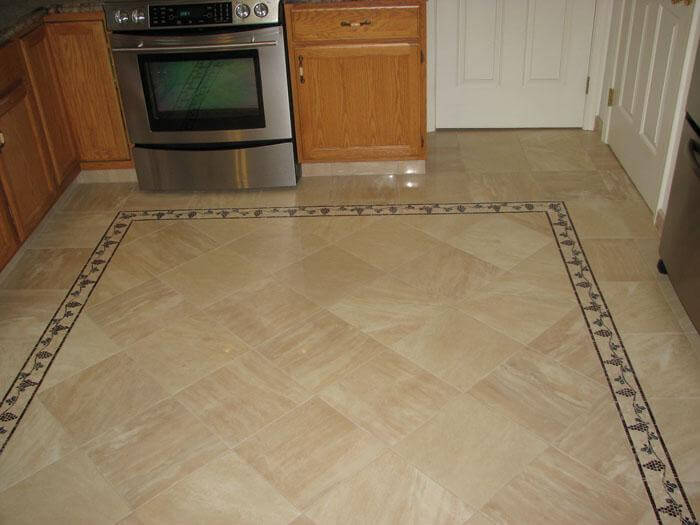 The Good:
The Good:
Ceramic tile is a great option because it looks nice, it is very durable, and it’s easy to clean. There are plenty of options for tile size, color, and shape. Porcelain tiles, which are really a subtype of ceramic, are more expensive but they have the advantage of being colored all the way through the tile, so if there is a small chip or scrape that damages the flooring it may not show up as clearly. Furthermore, high end porcelain floors can be “printed” to replicate wood and stone in very convincing ways.
The Bad:
Unfortunately, these hard tiles can be difficult to stand on for long periods of time when compared to wood and vinyl. When you drop glass items they will certainly break. The grout should be sealed from time to time and both ceramic and porcelain tiles are slippery when wet.
The Price:
$3-$8 per square foot for ceramic and $2-$14 for porcelain.
Hard Wood
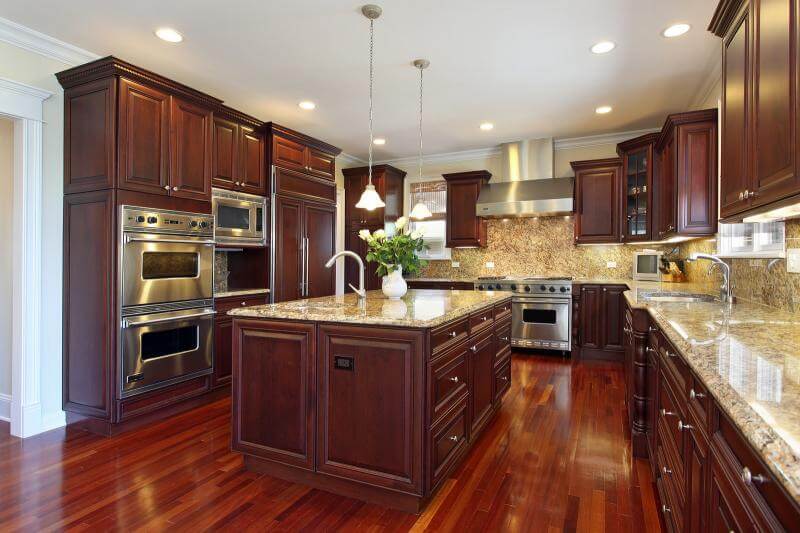 The Good:
The Good:
Wood floors are beautiful and more comfortable on your feet than tiles and concrete. Wood naturally has a warmer look than tile and vinyl. A hardwood floor can increase the value of your home if you decide to resell.
The Bad:
Hard wood floors are susceptible to water damage and scratches. Of all the flooring options this is probably the one you have to baby the most. Kitchen floors need regular waxing to be maintained and they should be resealed every 5 to 6 years.
The Price:
$5-$12 per square foot.
Laminate
Laminate flooring is made up of panels of resin and fiberboard under a thin layer that gives it the appearance of wood or stone.
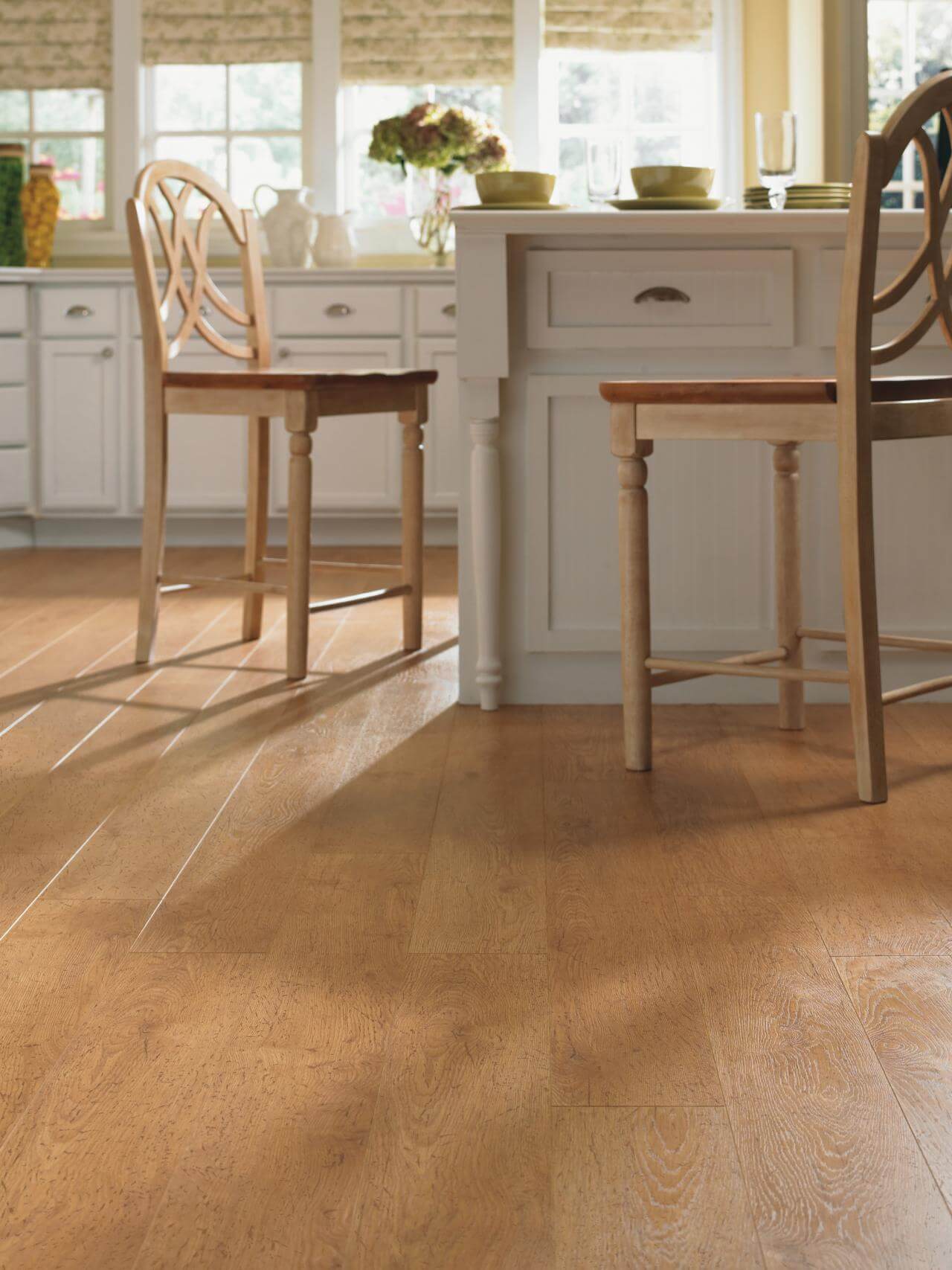 The Good:
The Good:
Like vinyl, Laminate can be installed over old floor to save money. It is also less expensive than real wood or tile and more resistant to scratches than real wood.
The Bad:
Water damage can cause the laminate floor to warp. Because the top “color” layer is not real wood it not be refinished the way real wood can.
The Price:
$1-$6 per square foot.
Concrete
This is becoming so popular that people are ripping up old hard wood and vinyl to find out if they have concrete underneath.
The Good:
Concrete can be a very nice looking floor that is low maintenance. This tough floor is very difficult to scratch or chip. A properly maintained concrete floor that is sealed can last forever. There are a lot of options in terms of color and texture if you are putting in a new floor.
The Bad:
Like tile, concrete is a lot harder on your feet than wood or vinyl. Concrete is fairly low maintenance but it does need to be resealed every 4-9 months.
The Price:
Only $3-$6 to polish an existing grey slab. If you want coloring or designs it can cost about $5-$17 per foot. Re-sealing is about $.50-$2.50 per square foot.
Linoleum
Linoleum is a flooring material that was invented on accident in the 50’s. This low cost flooring was so popular that it became the first product name to become a generic trademark term.
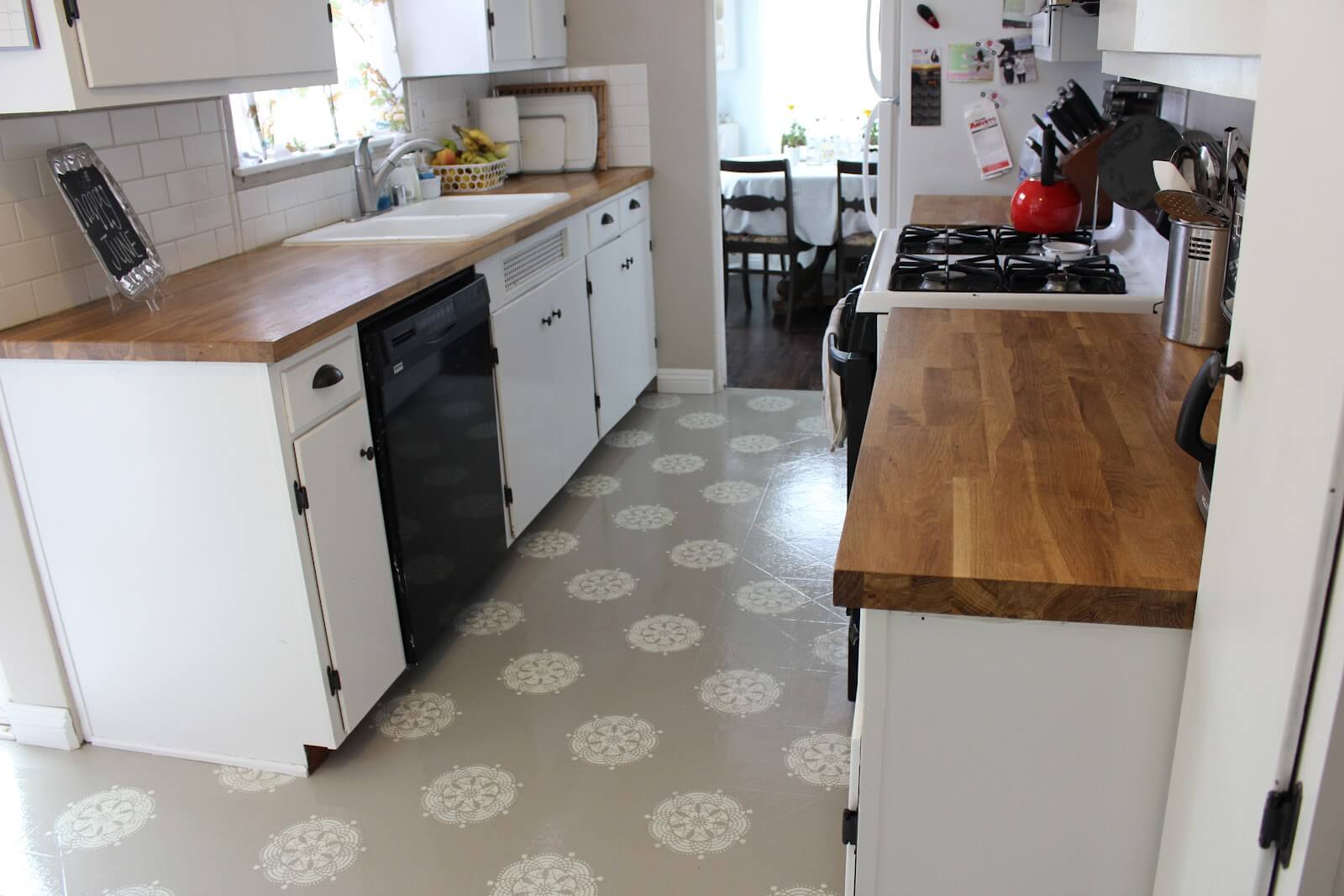 The Good:
The Good:
Linoleum shares many of the benefits of vinyl flooring such as its low cost. It is also fairly easy on your feet if you have to stand on it for long periods of time. The main difference with linoleum is that it is made from linseed oil, cork flours, limestone, and pigments, so it does not have the same toxic issues that some people worry about with vinyl floors.
The Bad:
Like vinyl flooring, Linoleum, can be damaged from dropping sharp knives or other objects.
The Price:
About $1-$3.00 per square foot.
Pennies
If you really like DIY projects and you want to take the road-less-traveled, you can make a very interesting floor by gluing pennies to the floor and covering them with an epoxy.
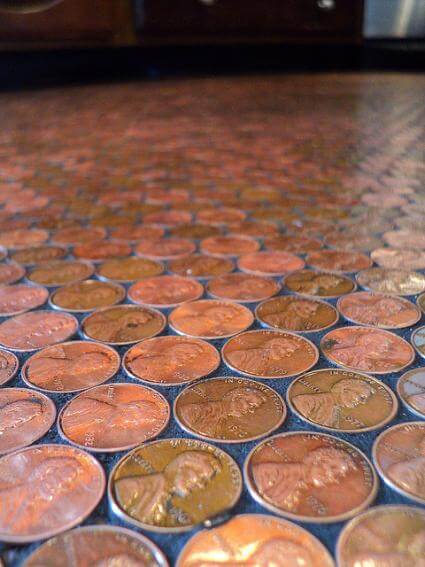 This very alternative project is becoming slightly more popular due to its unique look and cost effectiveness. Each square foot of flooring should need about $2.80 worth of pennies.
This very alternative project is becoming slightly more popular due to its unique look and cost effectiveness. Each square foot of flooring should need about $2.80 worth of pennies.
The Price:
About $3.00 per square foot.
There are plenty of companies out there that offer safe or “green” vinyl flooring that adhere to the guidelines of the Consumer Product Safety Commission. If you feel that you really want vinyl floors but you were worried about toxins you could try to seek out a green option. These days I think that “green” is quickly becoming a marketing ploy rather than an indication of any meaningful difference in said product. Although I am highly skeptical about any serious danger from vinyl flooring, I think that if you are truly worried about potential health risks you should be able to use one of these alternative flooring options.

